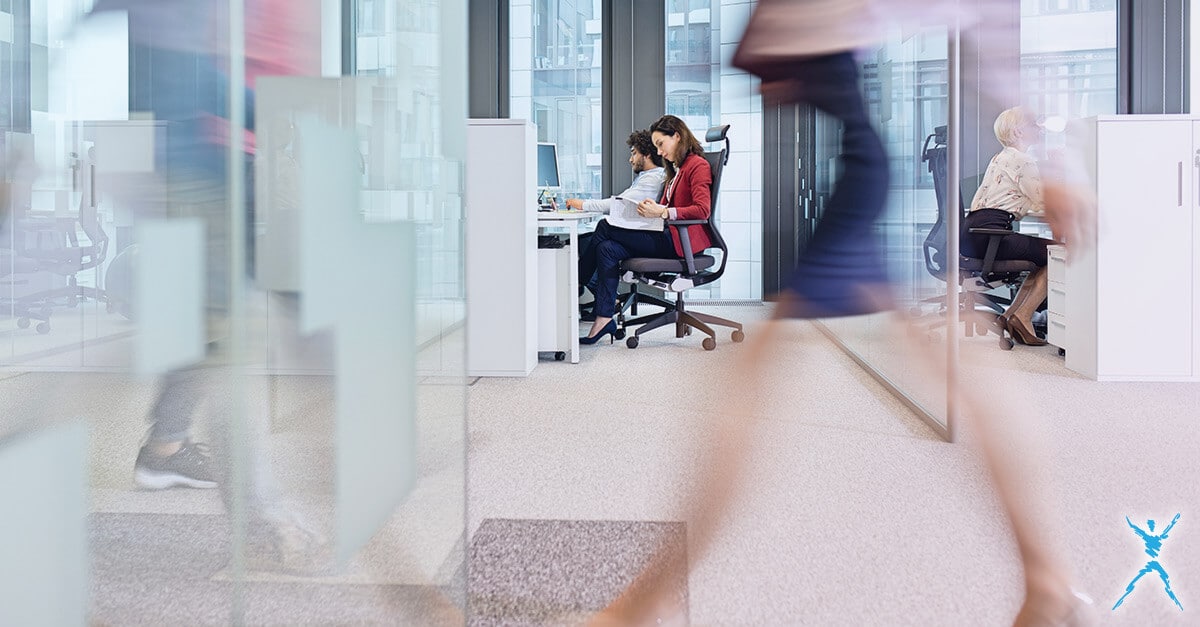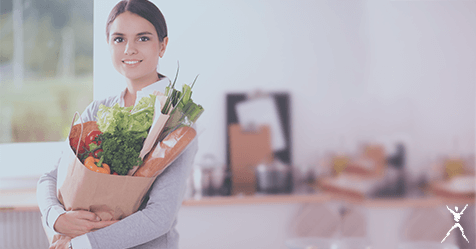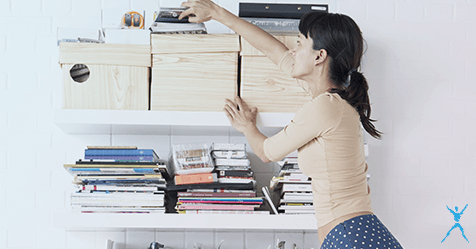Learning to Cope as a Partner-Carer
For spouses and partners, it is important that you do not neglect your own needs whilst looking after your loved suffering with severe arthritis. The role of carer can be stressful and demanding which, if not carefully managed, can affect your own health and general well-being. Of course, it is a rewarding role and one … Read more




